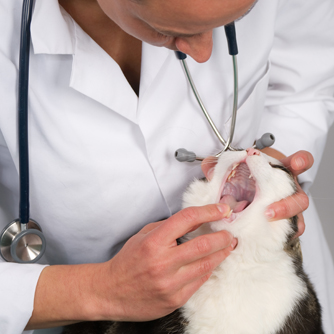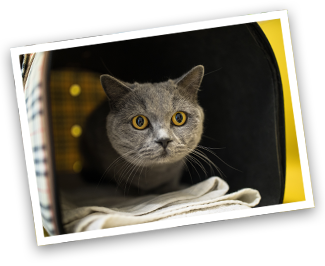Feline Stomatitis

One of the most painful and frustrating conditions cats can develop is feline stomatitis. The cause is unknown, but appears to be a severe over reaction to plaque. Clinical signs include severe gingivitis, drooling, reluctance to eat, bleeding gum tissue, pain and weight loss. Diagnosis is based on clinical signs and biopsy of the affected gingival tissue.
Treatment of a cat with stomatitis should include blood work, urinalysis, thyroid levels, FeLV and FIV testing, gingival biopsy, and Bartonella serology. Cleaning the teeth, homecare/brushing, oral antibiotics and corticosteroids are helpful initially. The only treatment shown to have long-term results is either caudal or full mouth dental extractions. Dental radiographs are essential when performing these extractions to ensure the entire root of every extracted tooth is removed. Post-operatively, antibiotics are given for 14-28 days. Pain management is critical in these patients. Re-evaluation at one month should show some improvement.
The question that most clients ask is “How can these patients eat without their teeth?” The fact of the matter is that the cats do much better without the oral pain and chronic infection eating soft food than they ever did before. Many continue to eat dry kibble even without teeth!

